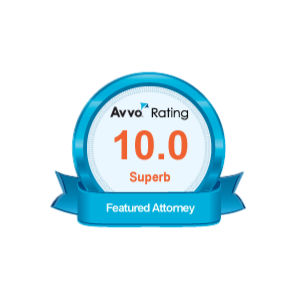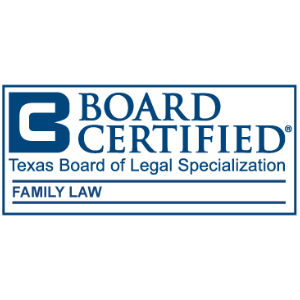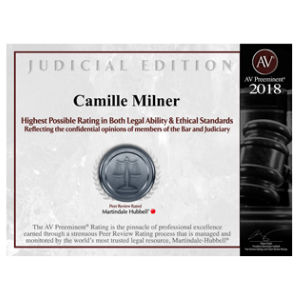
April is “Autism Acceptance Month.”
Prior to 2021, this acknowledgement was called “Autism Awareness Month,” but as we have begun to learn more about autism and what it means to be “on the spectrum” of autism, we have learned that being on that spectrum is like a rainbow – there are many variations of abilities and inabilities, challenges and yet special gifts that people on the spectrum bring to our world and the families in which they live.
One Texas Rehabilitation counselor says it best, “When you have met one autistic person, you have met ONE autistic person.” It is called a spectrum because everyone classified in that group is very different. Now, with society’s greater understanding and inclusivity, honoring different gifts rather than ostracizing people with differences, people on the spectrum are finishing college and advanced degrees and following career paths that historically would not have been available to them. One needs only to look at the life of Temple Grandin, Ph.D., and the Emmy, Screen Actors Guild and Golden Globe winning movie about her life and book, “Thinking in Pictures,” to learn that the possibilities are endless for people on the spectrum.
But even though general divorce rates have been declining for the past several years, parents with Special Needs Children often find their marital relationship so stressed by the needs of those special children, that they get divorced.
All divorces (and separations for unmarried couples) should be custom-fitted to the couple and the family, but many people just don’t know they have options that would provide them a more customized divorce. I have seen families with children who have special needs spending years in financially and emotionally costly litigation because Courts are not equipped to effectively manage the needs of a divorcing family with a Special Needs child.
Collaborative Divorce provides the ideal vehicle for a couple that need to separate and have a a child or children with Special Needs. For the past twenty years, I have handled a number of those cases within the Collaborative Divorce process, and they are handled and have an outcome that is totally different and totally better than trying to get a divorce with a Special Needs child in the Court process.
What is different – and why is Collaborative Divorce a better option?
The following are the issues that are typically handled in a divorce:
Children’s Issues:
- When each parent will have time with the child
- How the decisions for the child will be made
- How the child’s expenses will be covered
Division of Property and Liabilities:
- Who is awarded what property
- Who is order to cover which liabilities
In the Collaborative Divorce process, we look at these same issues, but it is through a much more custom-fitted lens and with the specialization and support that each individual family needs.
I have recently had the honor of working on a Collaborative Divorce case where the couple have a Special Needs child who will probably not ever be able to live independently and be self-supporting. In the Collaborative Divorce process we use a multi-disciplinary team approach – each client has their own lawyer to advise them but for increased efficiency, we also have a financial professional and a mental health professional, both who serve in neutral and highly specialized roles, to help the family in the case. In a typical case, the clients save money because they meet with the neutral financial professional to put together their inventory and values of property and prepare their post-divorce budgets.
The neutral mental health professional serves in a Collaborative Divorce as the Parenting Plan Expert and Communications Coach; he or she meets with the clients (without the lawyers, which saves the clients on fees) and helps them develop their Parenting Plan (the process for making future decisions regarding the child and what time with each child and parent); he or she also trains and coaches the clients in communications techniques that will enable them to reach a faster and more satisfactory agreement because they are not wasting time (and money) arguing which breaks down the negotiation process. But the mental health professional and the financial professional bring so much added value to this process, especially in the case of a divorce with a Special Needs Child. Then, the lawyers, the clients and the financial professional and mental health professional come together for meetings to finalize the terms of their parties’ agreement.
It was such a privilege to be present recently in a Collaborative Divorce case where I witnessed this added value that the neutral professionals brought to this family.
The parents had worn themselves out trying to be their child’s case manager and piece together the services that would be the most helpful for their child. We were especially fortunate to have, as our mental health professional in the case, someone who is a trained play therapist and has knowledge about and connections with resources and people around the state that will enable these parents to custom-design a plan that will enhance their child’s life (and theirs) in way that would have been unimaginable to them prior to their coming into the Collaborative Divorce process. (BTW, it wasn’t an accident, by the way, that we choose this person who is uniquely equipped in her training and experience to help these folks). To see those parents choke up when they found out our MHP was going to be able to offer them ideas and resources on this level of expertise and excellence was a very special moment for those of us in the case.
Click here to read an article about Divorce and Children with Special Needs











